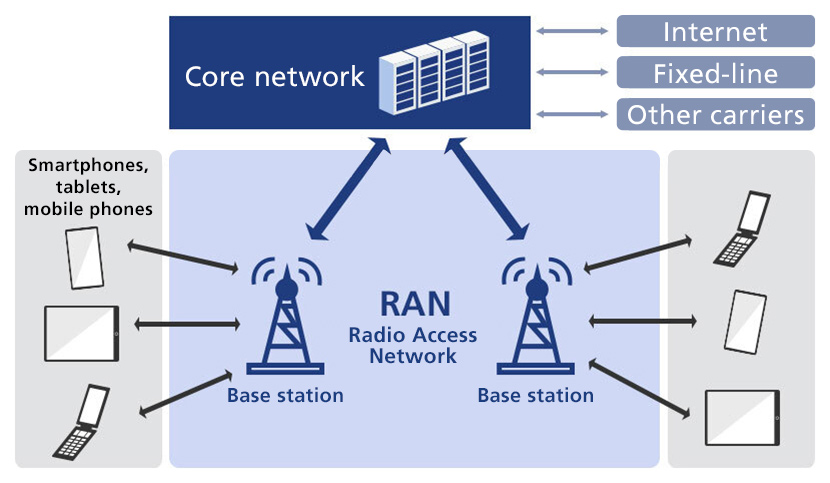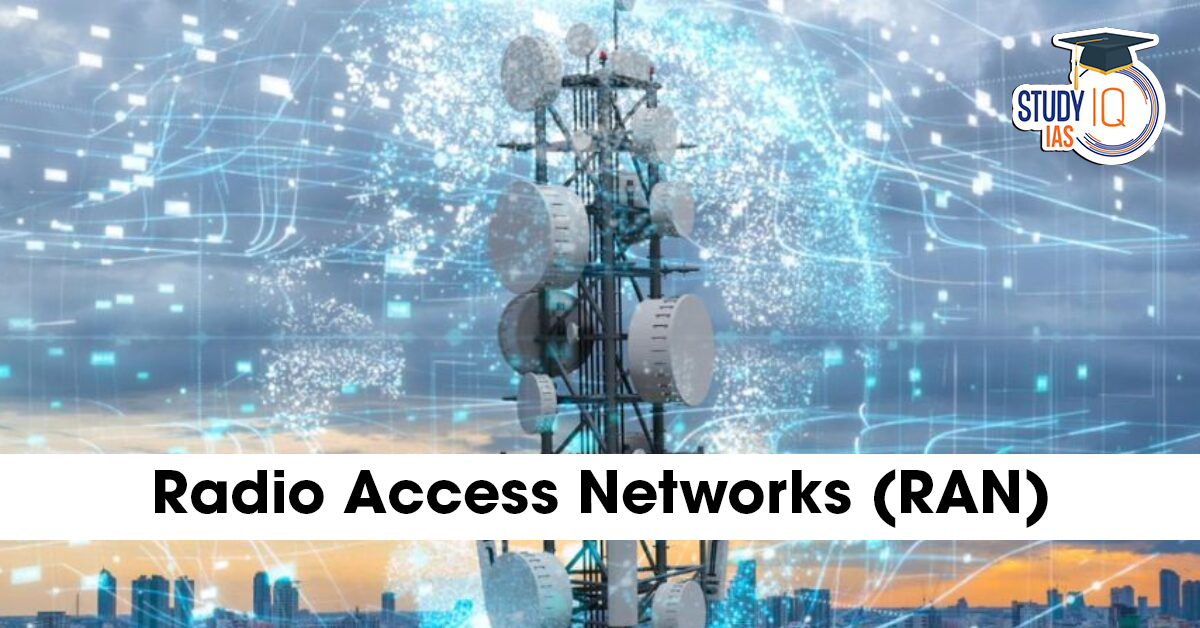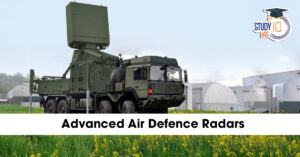Table of Contents
Context: India hosts first-ever 3GPP RAN meetings on 6G standardisation in Bengaluru.
About Radio Access Networks (RAN)
- Radio Access Networks (RAN) are part of a telecom network that connects user devices (mobiles, laptops, IoT) to the core network via radio signals.

Components
- Antennas – transmit & receive signals.
- Radios – convert digital ↔ radio signals.
- Baseband Units (BBUs) – handle signal processing, error correction, and encryption.
- Backhaul – fibre/microwave links connecting RAN to the core network.
Types
- Traditional RAN: All equipment (antenna, radio, baseband) is installed at each tower site.
- Hardware and software are tightly coupled from a single vendor.
- Centralized RAN (C-RAN): Processing units (baseband) are moved to a central location (BBU pool).
- Towers only have antennas + radios.
- Virtualized RAN (vRAN): Baseband functions run on cloud/virtual servers instead of physical hardware.
- Open RAN (O-RAN): Based on open standards, so equipment from different vendors can work together.
Difference Between 5G and 6G
| Aspect | 5G | 6G |
| Speed | Up to 10 Gbps | Expected up to 1 Tbps |
| Latency | ~1 ms | <0.1 ms (ultra-low) |
| Spectrum | Uses sub-6 GHz & mmWave (24–100 GHz) | Will use terahertz band (100 GHz–1 THz) |
| Applications | AR/VR, IoT, smart cities, autonomous vehicles | Holographic communication, tactile internet, digital twins, and advanced AI integration |
| Energy Efficiency | Improved over 4G, but still high consumption | Designed for ultra energy-efficiency & green networks |


 Advanced Air Defence Radars: Types, Comp...
Advanced Air Defence Radars: Types, Comp...
 Ion Chromatography, Working and Applicat...
Ion Chromatography, Working and Applicat...
 Broadly Neutralising Antibodies (bNAbs):...
Broadly Neutralising Antibodies (bNAbs):...

























